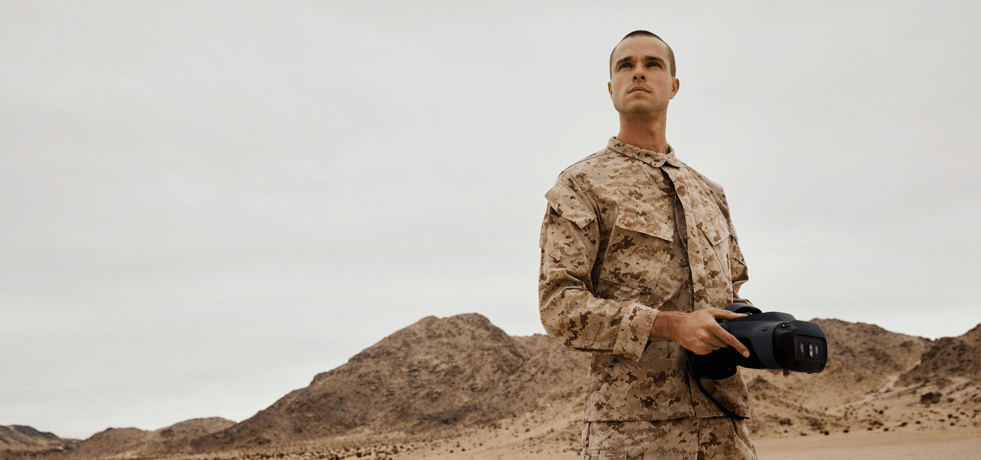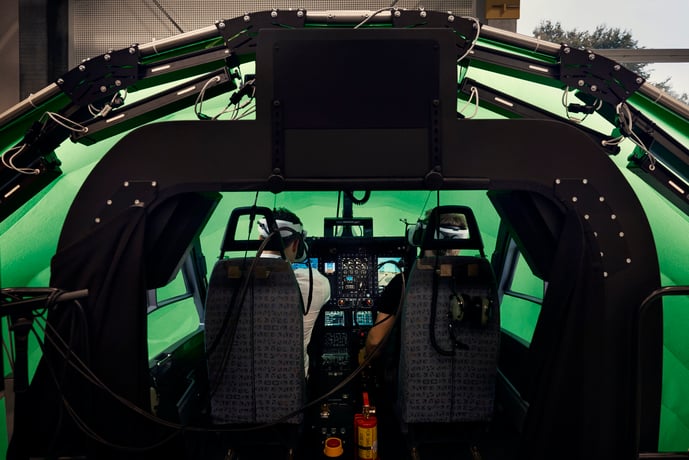A Technical Collaboration Built on Feedback and Results
Following the workshop’s hands-on testing and data collection, Varjo delivered a detailed technical report outlining the necessary improvements to optimize the simulator environment. Entrol has already implemented some of the Alpha team’s recommendations and has seen clear improvements in their solution as a result.
“The corrections they suggested were highly specific and tailored to our setup and operational needs,” says Diaz. “Thanks to the outcomes of that workshop, we are now seeing significant progress in the quality and performance of our simulation system.”
In turn, the Entrol team shared feedback with Varjo on what they, as users, needed from the solution. What stood out was Varjo’s genuine receptiveness. “They listened closely, quickly acted on feedback, and began to work on improvements immediately,“ Diaz notes.
“That openness to dialogue is incredibly important to us. When a key technology provider is responsive and collaborative, it builds a strong foundation for a deeper partnership.”









